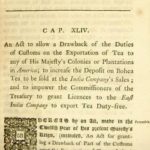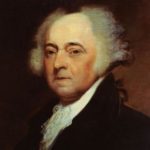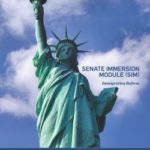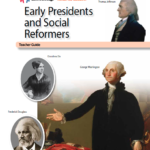This lesson will focus on freedom of assembly, as found in the First Amendment. Students will consider the importance of the right to assemble and protest by analyzing cases where First Amendment rights were in question. Using the case National Socialist Party of America v. Village of Skokie, students will consider if the government is ever allowed to control the ability to express ideas in public because viewpoints are controversial, offensive, or painful. Students will use primary sources and Supreme Court cases to consider whether the courts made the correct decision in the National Socialist Party v. Skokie case. Students will be able to form an opinion on the essential question: Is the government ever justified to restrict the freedom to assemble?
Freedom of Assembly: National Socialist Party v. Skokie
This film explores the First Amendment right of the “people peaceably to assemble” through the lens of the U.S. Supreme Court case National Socialist Party of America v. Village of Skokie. The legal fight between neo-Nazis and Holocaust survivors over a planned march in a predominantly Jewish community led to a ruling that said the neo-Nazis could not be banned from marching peacefully because of the content of their message.
Causes of the American Revolution

This short video examines the Boston Tea Party of 1773 as the critical event which transformed political discussion about British imperial authority into an active source of controversy. By the early 1770’s, British and Americans thought differently about the extent of Parliament’s power to legislate for the American colonies. Professor Jack Rakove notes that British punishment of Massachusetts for its defiance of the Tea Act precluded a peaceful resolution of the political controversy.
Hoping for Unity, Fearing Rebellion
National conventions are supposed to be a show of party power and solidarity, but there’s always the potential for dissent. See how they have evolved and how they can impact candidates and the electorate. Registration on NewseumED is required to view resource.
Women’s Suffrage and the 19th Amendment
This lesson looks at the historical context of women’s suffrage, tactics used in the movement, and different perspectives of the suffrage movement.
The Sedition Act: Certain Crimes Against the United States

The Sedition Act of 1798 passed during John Adam’s administration by the Federalist Party touched off a lively debate about the right of free speech. It also presented an early test case to the citizens and government of the United States. In times of war or imminent danger, how do you balance the need for security with the rights of individuals? How can partisan politics affect the process of shaping security policies?
Immigration Reform (SIM Lesson Plans)

The purpose of this learning module is to help students learn how a U.S. Senator might address an issue of public significance under consideration in the United States Congress. Learning about personal, state, party, and national interests will help students understand representation more fully. The pre-visit examines how elected representation works. The post-visit lesson supports critical analysis of each student’s strategic choices and votes, preparing them to defend their efforts.
Early Presidents (CKHG Unit)

This unit (first half of Early Presidents and Social Reformers) focuses on the first seven presidents of the United States. Across 9 lessons, students learn about how the early presidents organized the federal government, built a national capital, directed a second war with Great Britain, more than doubled the size of the country, and formulated a “hands-off” foreign policy in the Western Hemisphere.
Debate Watching Guide

This lesson is designed to help students view political debates. The resources provided support the critical evaluation of the candidate’s performances. Body language, demeanor, appearance and positions on key issues are analyzed in an attempt to help students determine the importance of debates to the election cycle. This lesson could be used in class or as a homework assignment.
1798: Sedition Act Reins in Newly Established Freedoms
Prominent Republican Party members immediately denounce the Act as a violation of First Amendment freedom of speech and of the press, but the Federal courts move forward with cases brought under the law. The still-new nation is drawn into a tense debate: To what extent should the government of a young nation limit criticism of its leaders and policies to protect its stability in the face of foreign threats?